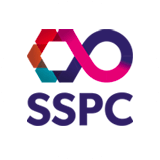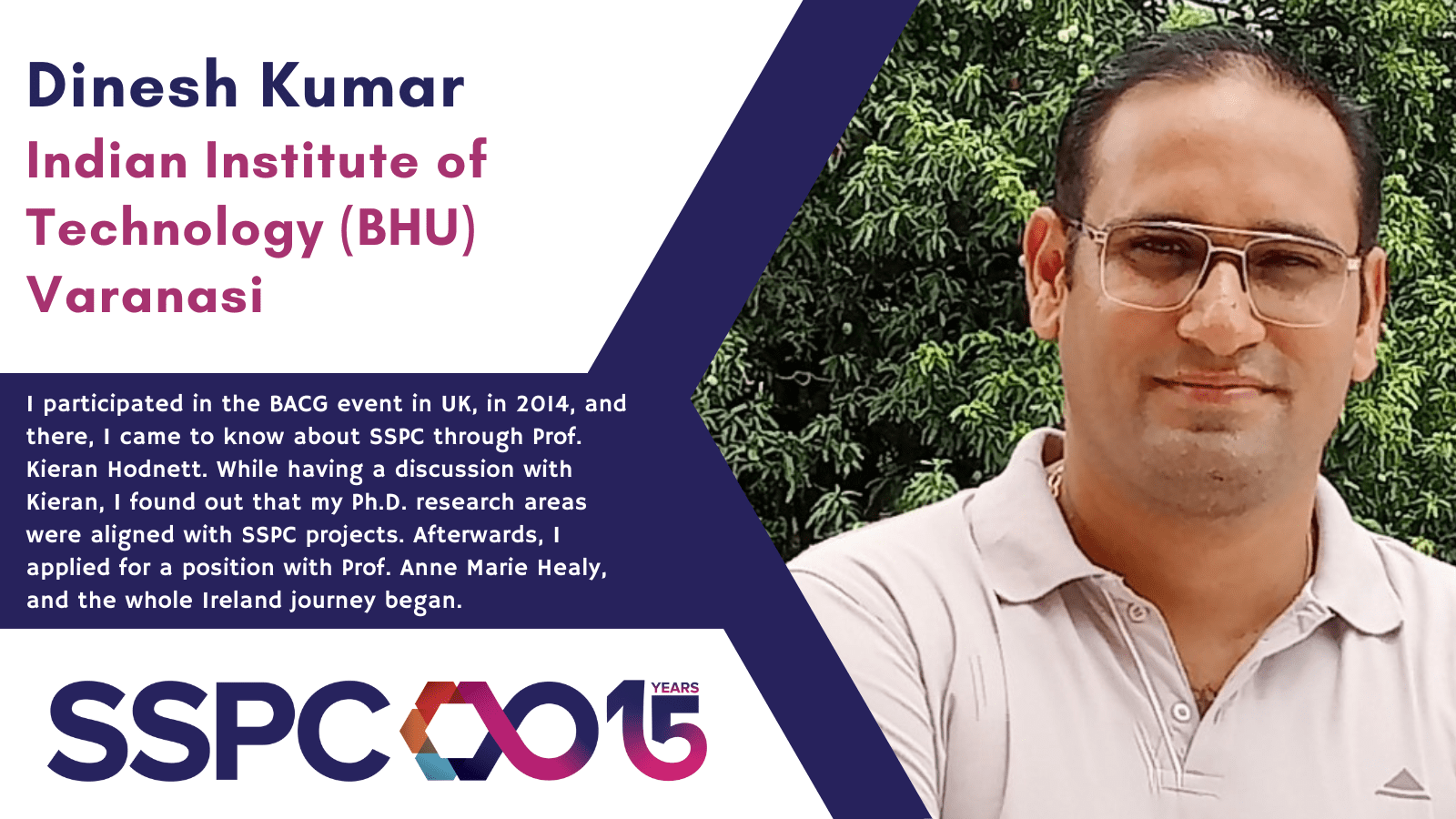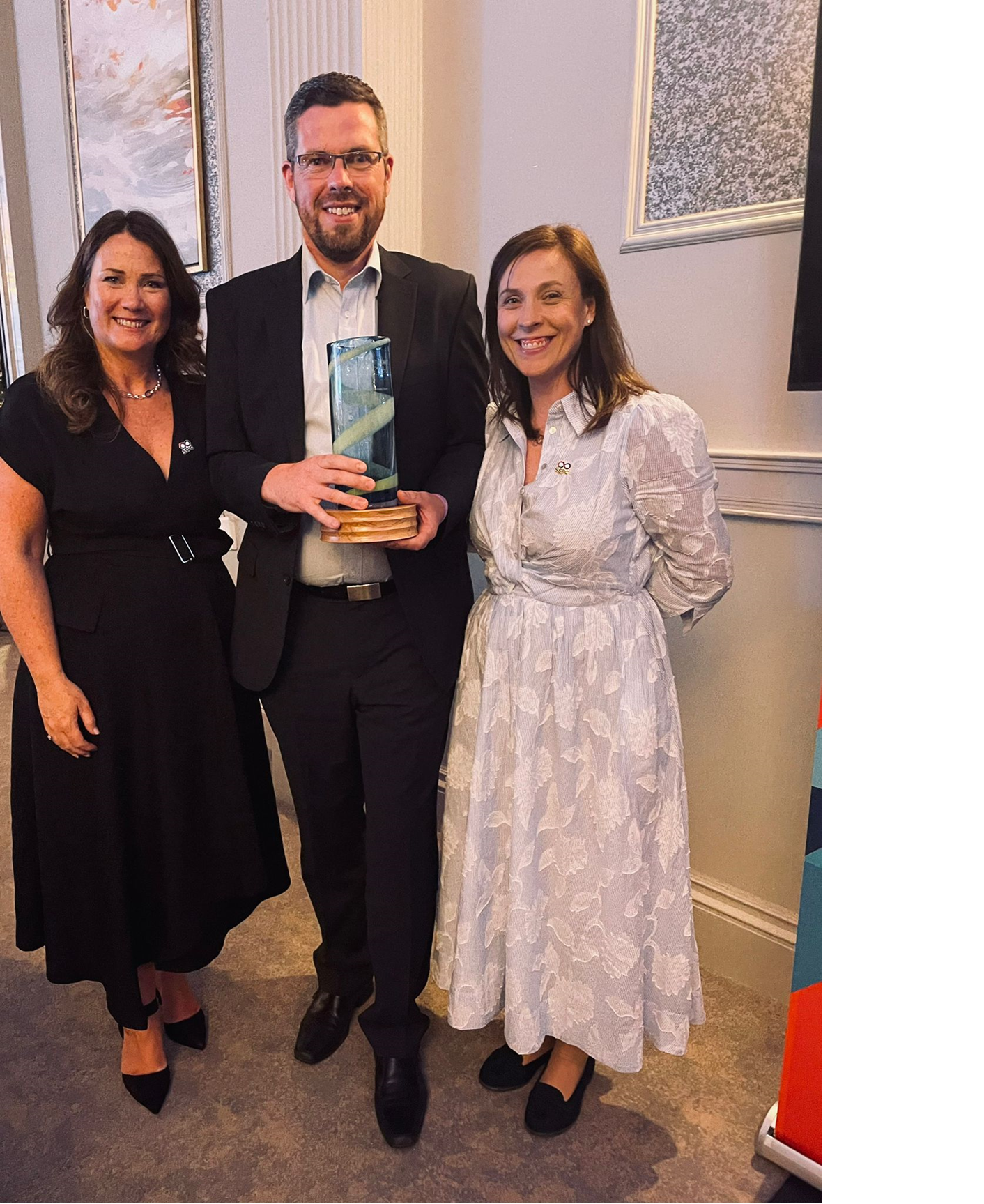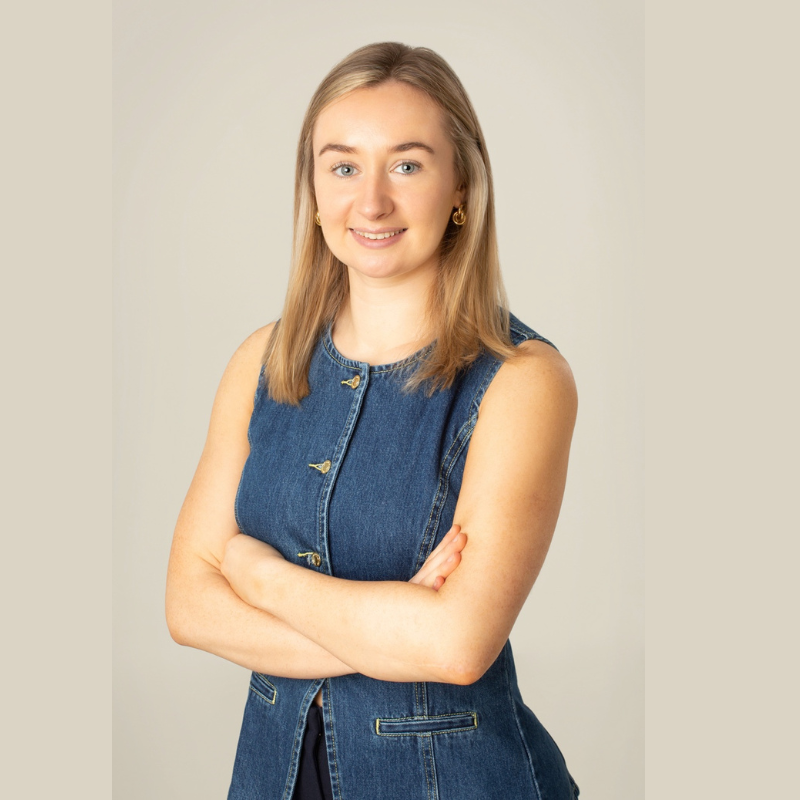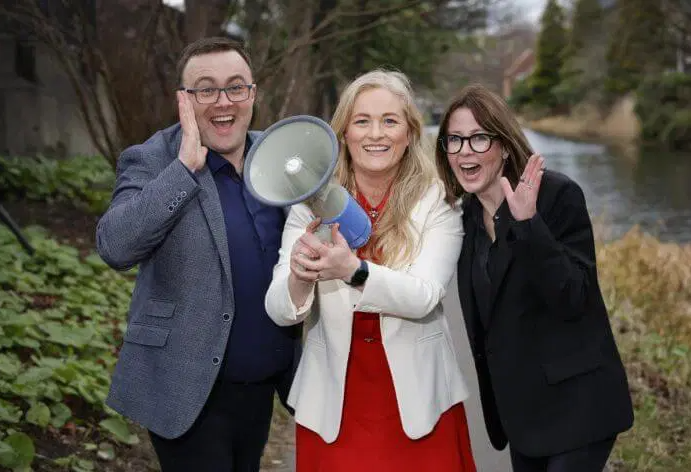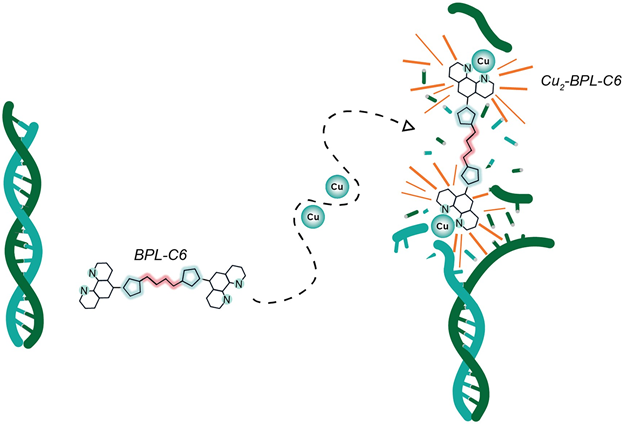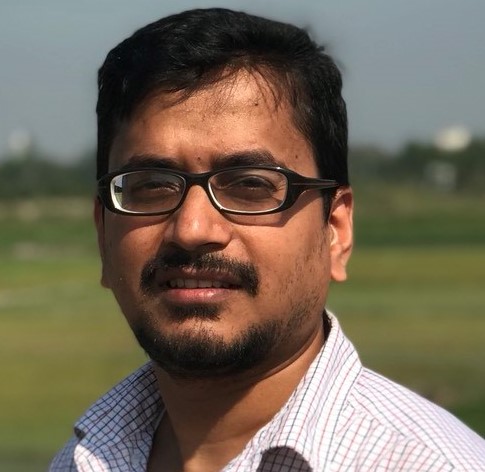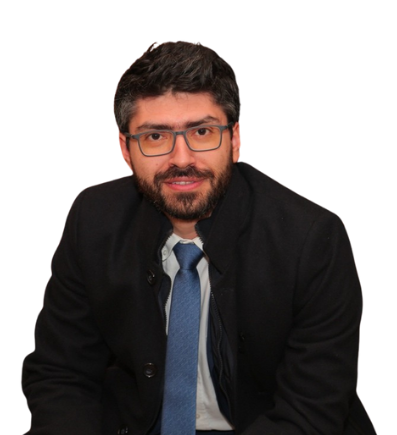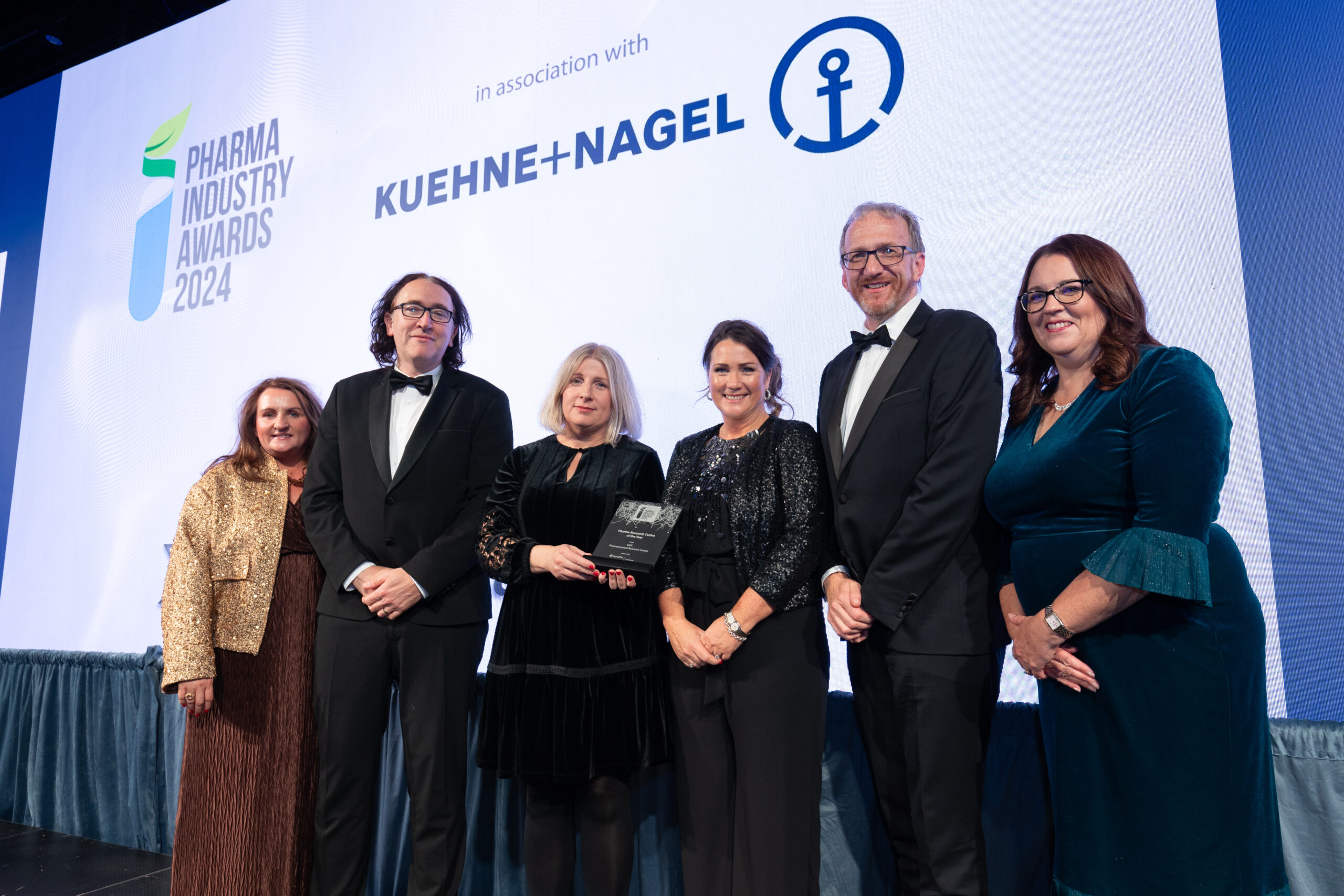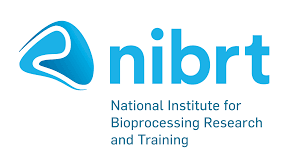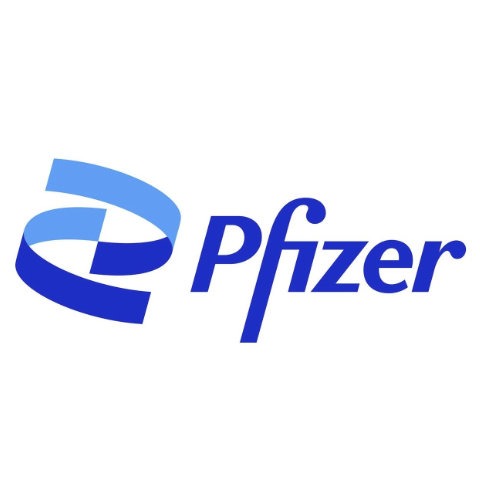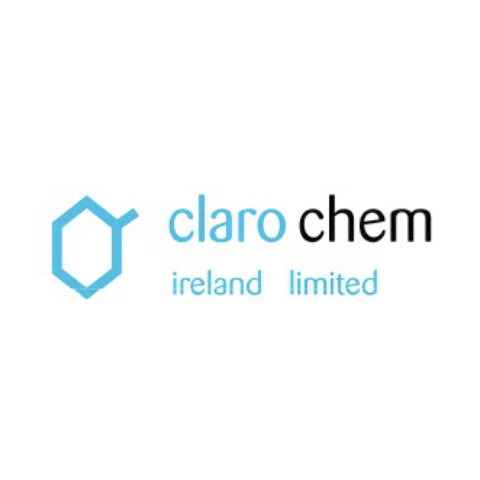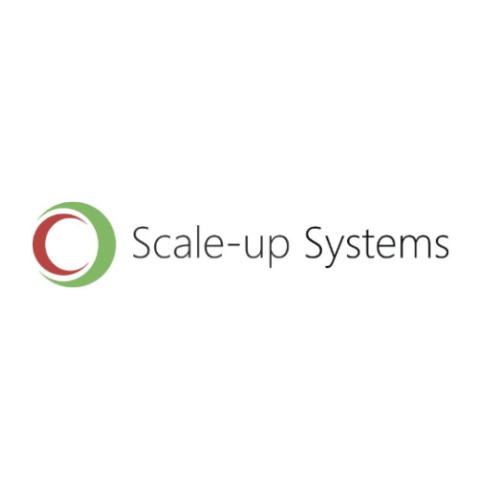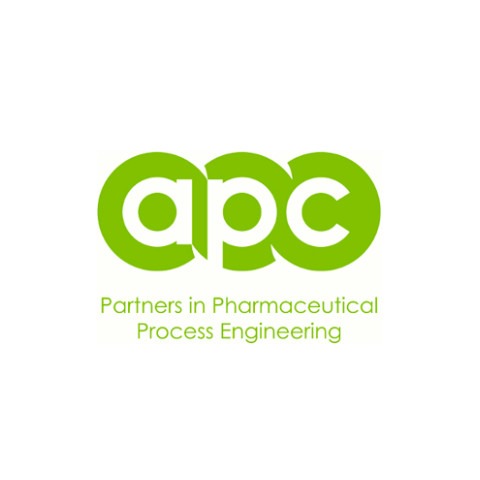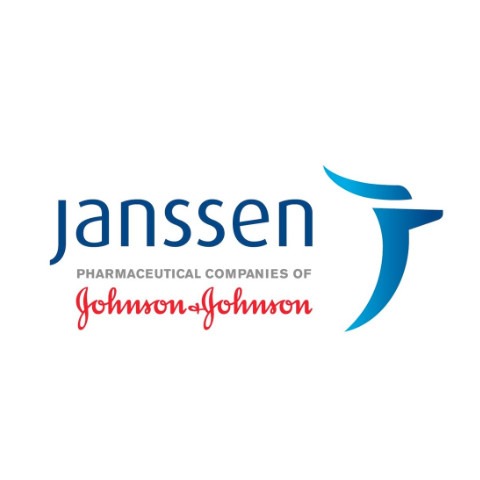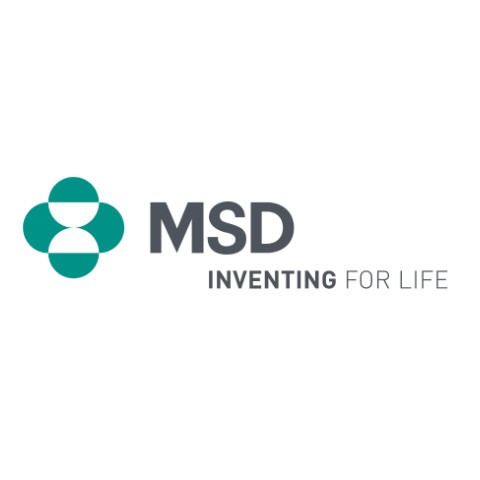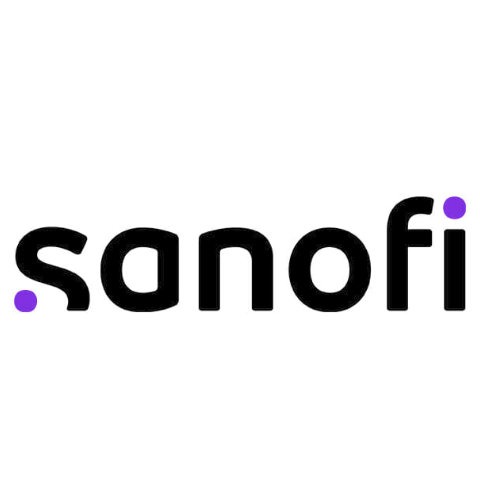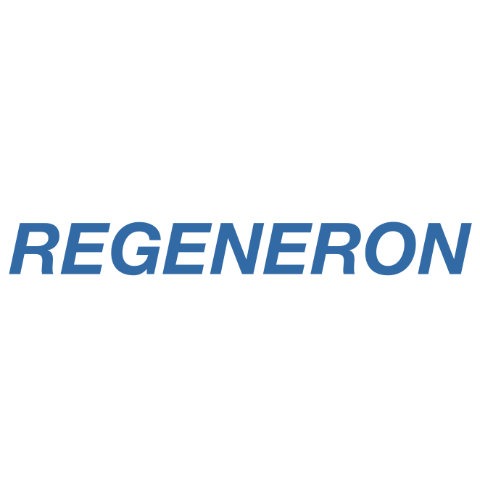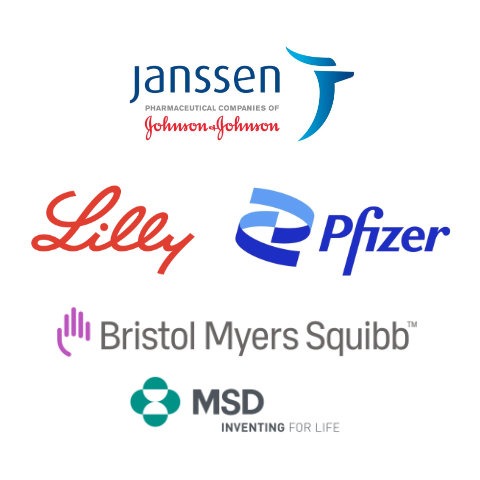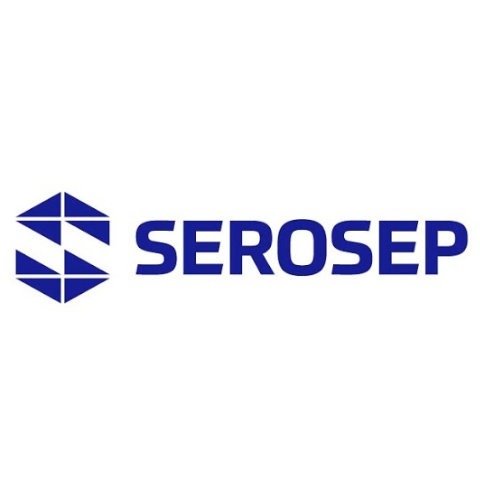Meet SSPC alumni, Dinesh Kumar, Assistant Professor (Teaching & research), Department of Pharmaceutical Engineering & Technology, Indian Institute of Technology (IIT), BHU, Varanasi, India, who spent two years with Prof. Anne Marie Healy in Trinity College Dublin, as a postdoctoral researcher.
What is your role within this company/organisation?
Assistant Professor (Teaching & research)
A bit on your background, education and/or other positions led you to the role you have now?
I have been working as an Assistant Professor in the Department of Pharmaceutical Engineering & Technology at the Indian Institute of Technology (IIT), BHU, Varanasi, India, since Jan 2021. I am teaching B Tech, M Pharm, and Ph.D. students. My research work is mainly focused on developing advanced API manufacturing technologies. I am leading a vibrant research group of 3 Ph.D. students and 3 Masters research students.
(https://www.iitbhu.ac.in/dept/phe/people/dineshphe).
Before this, I worked as a materials scientist and API specialist at SK Biotek, Swords, Dublin, Ireland, from 2017 to 2020. I worked in API R&D as a specialist and was responsible for API, pre-formulation research, and foreign matter investigations. I also worked in BMS (Bristol Myer Squib), Dublin, Ireland, in 2017. I was a project manager for introducing advanced technologies that link APIs to formulations, such as micronization and spray drying.
Prior to this industrial experience, I completed 2-year Post-Doctoral research in Pharmaceutics at the School of Pharmacy, Trinity College Dublin (TCD), Ireland, a project funded by SSPC. During post-doc work, I was involved in collaborative research with reputed institutes and pharmaceutical companies.
I completed a Ph.D. in Pharmaceutics at NIPER, Hyderabad, and an MS Pharm in Pharmaceutics at NIPER, SAS Nagar, Mohali. I have published ~40 International research papers and five book chapters and was granted two patents by the Government of India.
Have you any fond memories, something to say about your supervisors, or the institute you worked in during your time with SSPC?
I spent two years with Prof. Anne Marie Healy in TCD as a postdoctoral researcher. Prof. Anne Marie was always supportive and open to discussing scientific ideas. Prof. Anne Marie mentored me to grow into that role and played a huge role in upskilling my professional skills. The scientific skills learned during PDF were very useful during my Industrial job at BMS, Swords, Ireland (later transitioned to SK Biotek, Ireland). SSPC meetings were always great as I was able to interact with people with different scientific backgrounds. It was a great learning pot. Prof. Anne Marie encouraged me to teach a crystallization course in TCD during 2015-17. I am so grateful to her that she has permitted me to take the same course even after that. The teaching skills learned while teaching the crystallization course were a deciding factor when I switched from the pharmaceutical industry to academia in India. We are on good terms, and I am still working in collaboration with Prof. Anne Marie, who published a paper last year. I am also working in collaboration with Prof. Dolores Serrano (Loli), who also happened to be SSPC alumni (2013-2015).
Anything of interest that first stirred your interest in this area?
There is a pretty quite interesting story behind this. Crystal engineering always fascinated me, and particularly, I find solid state pharmaceutics pretty challenging and fascinating. I participated in the BACG (British Association of Crystal Growth) event in Leeds, UK, in 2014, and there, I came to know about SSPC through Prof. Kieran Hodnett (Ex-Director of SSPC). While having a discussion with Kieran, I found out that my Ph.D. research areas were aligned with SSPC projects. Afterwards, I applied for one position with Prof. Anne Marie Healy, and the whole Ireland journey began.
Can you tell us about the research you’re currently working on? (Please use plain, easy to understand language. Ask yourself, ‘How would I explain this to someone with no background in science?’)
According to recent assessments, approximately 75% of these new medicines show poor absorption, which ultimately leads to a higher dose. To tackle the challenges associated with these medicines, such as inadequate solubility, limited dissolution, and low oral bioavailability, it is crucial to explore innovative approaches and potential solutions. Our research group is working on numerous technologies to improve the above-mentioned properties. The majority of our research work is focused on crystal habit modification, particle size distribution, co-crystallization, and developing co-processing technologies.
When you first started work as a researcher, what were you most surprised to learn was important in the role?
Most people think that intelligence is the utmost requirement to be a scientist or researcher. However, I have now observed and realized that perseverance and continuous learning are very important as well. I read it somewhere as a child that without commitment, you can never start, but without consistency, you can never finish, so consistency is the key to most of successful research projects. This has become the kind of tagline for our lab these days.
How important do you think pharma research is and especially a dedicated research centre like SSPC?
Pharma research is one of the main pillars to improve the quality of life of people. High-quality pharma research has been able to bring many new medicines in a very short span of time. People and governments have realized the importance of pharma research during the Covid-19 pandemic. Dedicated research centres like SSPC, PSRC, and CMAC play important roles in taking up challenging projects in a collaborative way. These centres are playing an important role in creating a pharmaceutical research ecosystem and helping the economies as well.
Examples on what areas you think pharma is driving towards?
The Pharma field is in an exciting phase and opening up new avenues. Artificial intelligence and machine learning are already playing important roles in the drug discovery process, and they are also expected to change the drug development and manufacturing scenario. Continuous manufacturing and 3D printing are also going to be very important in the coming decade. It is also expected that the majority of the new medicines will be developed for rare diseases.
